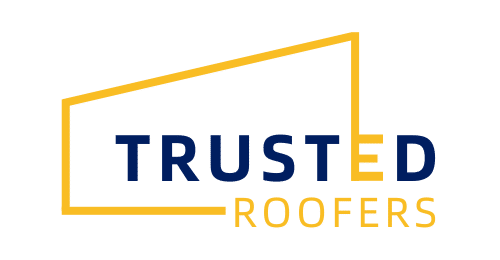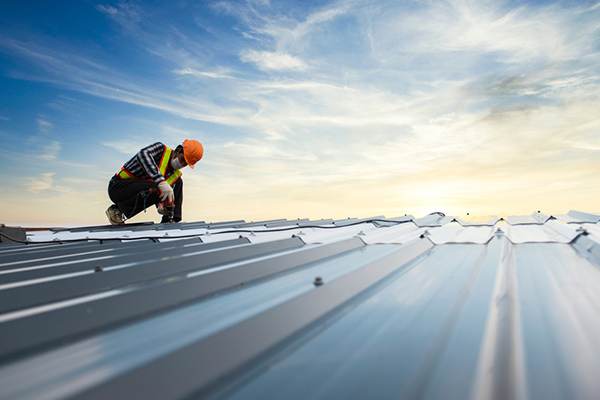Key Takeaways
- Neglected commercial roofs can compromise building safety and increase costs.
- Water damage from poor roof maintenance threatens structural integrity and indoor air quality.
- Inadequate roof care risks critical structural failure, endangering lives and finances.
- Damaged roofs affect energy efficiency, leading to higher consumption and costs.
- Routine roof inspections and maintenance can prevent safety hazards and financial losses.
- Insurance premiums may rise due to increased risk from poor roof condition.
- Legal and compliance issues from neglect can lead to fines and liability lawsuits.
Neglecting the maintenance of commercial roofs can lead to a myriad of hidden hazards, significantly impacting a building’s structural integrity, energy efficiency, and the safety of its occupants.
Hidden Hazards of Neglected Roofs
Water Damage
One of the primary concerns with neglected roofs is water damage. Over time, roofs may suffer from deteriorated seals, clogged drainage systems, and damaged membranes. Such issues allow water to infiltrate the building, causing extensive harm. Wooden structures may rot, metal supports can corrode, and insulation materials might deteriorate. Additionally, moisture fosters the growth of mold and mildew, adversely affecting indoor air quality and posing health risks to occupants. Preventing water damage requires regular roof maintenance and prompt repairs to seals and drainage systems.
Structural Integrity
The structural integrity of a building is heavily dependent on the condition of its roof. Neglecting roof maintenance can weaken critical structural components, such as beams and trusses, jeopardizing the building’s ability to support its own weight. This can lead to an increased risk of catastrophic failures, which not only endangers lives but also results in substantial financial losses in both costly repairs and business disruption. Ensuring the roof’s structural integrity involves routine inspections and timely repairs of any detected weaknesses.
Insulation and Energy Efficiency
A compromised roof can significantly impact a building’s thermal performance. Damages to roofing materials or insulation create thermal bridges, leading to heat loss in winter and heat gain in summer. This not only makes the building less comfortable but also increases energy consumption and costs. Moisture intrusion can further reduce the effectiveness of insulation materials. To maintain optimal energy efficiency, it’s essential to repair any damage to the roof’s insulation and structure promptly.
Safety Risks
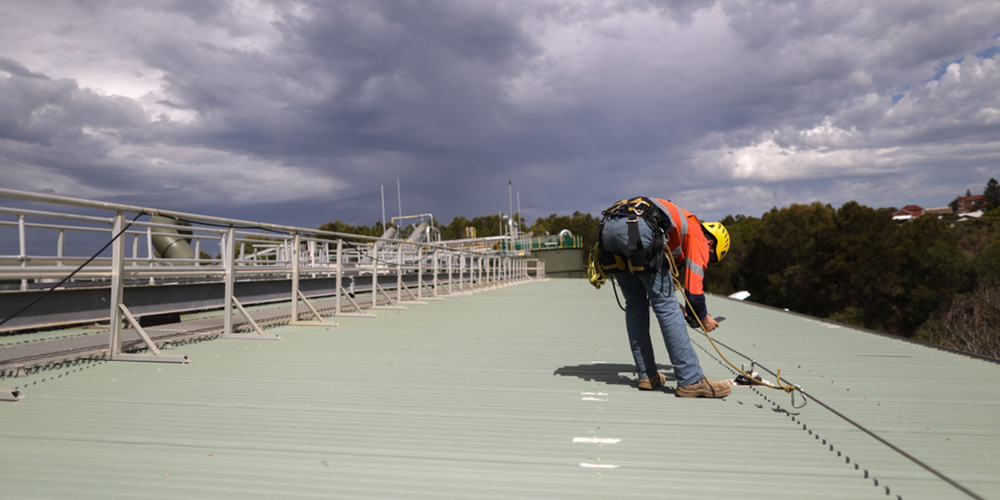
The safety hazards posed by neglected roofs are numerous and varied. Loose materials can fall, posing immediate danger to building occupants and visitors. In severe cases, a structurally compromised roof might collapse under the strain of extreme weather conditions or simply due to its deteriorated state, potentially resulting in fatal accidents. Regular maintenance and the correction of any structural deficiencies are imperative to mitigate these risks and ensure the safety of all building users.
Financial Implications
Direct Costs of Deferred Maintenance
The direct costs stem from the simple principle that small, manageable problems can quickly evolve into large, expensive ones if not addressed promptly. For instance, a minor leak, if ignored, can lead to water infiltration, causing structural damage, mold growth, and damage to interior finishes and equipment. What could have been a simple sealant application turns into thousands of dollars in repair work. Moreover, in extreme cases, neglected roofs may require a complete replacement earlier than their expected lifespan, a significant financial undertaking compared to regular maintenance expenses.
Energy Efficiency Losses
A neglected roof often leads to decreased energy efficiency. Compromised roofing materials and insulation can result in substantial heat loss during winter and excessive heat gain during summer, forcing heating, ventilation, and air conditioning (HVAC) systems to work harder. This not only increases energy consumption (and therefore your energy bills) but also puts additional wear on HVAC equipment, potentially leading to premature replacement needs. The extra operational costs for heating and cooling add a considerable amount to the indirect financial impact of roof neglect.
Property Damage and Business Interruptions
Water ingress from a compromised roof can lead to extensive property damage, affecting inventory, equipment, and the building’s structure. The costs of repairing or replacing damaged goods, alongside potential business interruptions, can escalate quickly. Operations may need to be halted to facilitate repairs, leading to lost revenue and, in some cases, a tarnished reputation if the business cannot serve its clients effectively.
Increased Insurance Premiums
Insurance companies assess risk based on the condition of the property they insure. A poorly maintained roof can be seen as a higher risk for claims related to water damage, mold, and structural failure. As a result, property owners may face increased insurance premiums as insurers adjust prices to account for the heightened risk. In severe cases, insurance coverage could be jeopardized entirely if a company deems the risk too high to insure at a reasonable rate.
Legal and Compliance Issues
Neglecting commercial roofs can lead to significant legal and compliance issues that not only impact the structural integrity of the building but also pose legal liabilities for building owners. Firstly, commercial buildings are subject to local building codes and regulations, which include specific standards for roof maintenance and safety. Failure to adhere to these standards can result in fines, penalties, and in severe cases, forced closure of the building until compliance is achieved.
Moreover, neglected roofs can lead to accidents or health hazards, such as mold growth or collapses, that endanger occupants and visitors. In such scenarios, building owners may face lawsuits for negligence, which can lead to hefty legal fees, compensation payouts, and increased insurance premiums. Additionally, insurance policies may have clauses that limit coverage if it is found that damage was due to neglect, leading to further financial losses for the owner.
Finally, environmental compliance is another concern. Roofs with poor maintenance may contribute to improper water runoff and pollution, violating environmental regulations and potentially causing harm to the surrounding ecosystem. This can attract the attention of environmental agencies, resulting in additional fines and required remediation efforts.
Prevention is Key: The Power of Maintenance
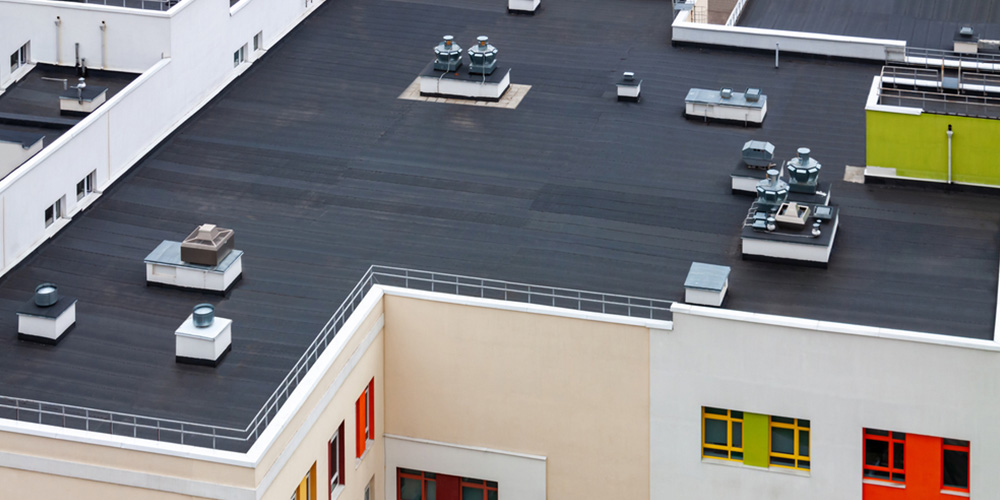
Regular inspections and proactive roof maintenance stand as the cornerstone in preventing the hidden hazards associated with neglected commercial roofs. The practice of scheduling periodic inspections is instrumental in identifying potential issues at their nascent stages, long before they escalate into significant problems. These inspections, conducted by professionals, can detect minor damages, blockages in the drainage system, signs of wear and tear, and other subtle indicators of roof distress. Early detection is crucial, as it allows for the prompt addressal of issues, potentially averting severe damage that could compromise the roof’s integrity and safety.
Routine maintenance is another pivotal aspect of preventing roofing hazards. This maintenance is not merely about making immediate repairs but encompasses a comprehensive approach to ensure the roof’s optimal functioning. Activities such as cleaning gutters and downspouts, removing debris, checking for and sealing leaks, and ensuring the roof’s surface is in good condition are all integral to routine maintenance efforts. Such practices help in preserving the roof’s condition, thereby extending its lifespan.
Investing in preventative maintenance for commercial roofs transcends mere cost savings; it is a strategic approach to safeguarding the physical structure of the building and the well-being of its occupants. A well-maintained roof offers reliable protection against the elements, ensuring that the building remains safe and habitable. Furthermore, the financial benefits of this proactive approach cannot be overstated. By averting the need for emergency repairs or premature replacements, which can be exorbitantly expensive, preventative maintenance proves to be a cost-effective solution in the long run. In essence, the investment in regular inspections and maintenance pays dividends by ensuring the longevity and durability of the roof, thereby securing the building’s structural integrity and the safety of those within.
Conclusion
Preventive maintenance and scheduling regular roof inspections emerge as critical strategies in mitigating the risks associated with neglected commercial roofs. By identifying and addressing minor issues before they escalate into major problems, building owners can safeguard the structural integrity of their properties, enhance safety, and optimize energy efficiency. This proactive approach not only extends the lifespan of the roof but also contributes to significant cost savings, underlining the adage that prevention is better than cure.
Frequently Asked Questions
What are the risks of neglecting a commercial roof?
Neglect can lead to leaks, structural damage, energy inefficiency, and can significantly shorten the roof’s lifespan.
How often should commercial roofs be inspected?
It’s recommended to have a professional inspection at least twice a year, ideally in spring and fall, to identify potential issues early.
What are signs of potential problems in commercial roofs?
Visible signs include water stains, mold, pooling water, damaged flashing, and blistering or peeling of roof layers.
Can a neglected roof affect a building’s energy efficiency?
Yes, poor insulation and air leaks from a damaged roof can lead to higher energy costs by affecting heating and cooling efficiency.
What preventive measures can be taken to avoid these hazards?
Regular inspections, timely repairs, proper drainage, and maintaining the roof’s cleanliness can significantly mitigate these risks.
